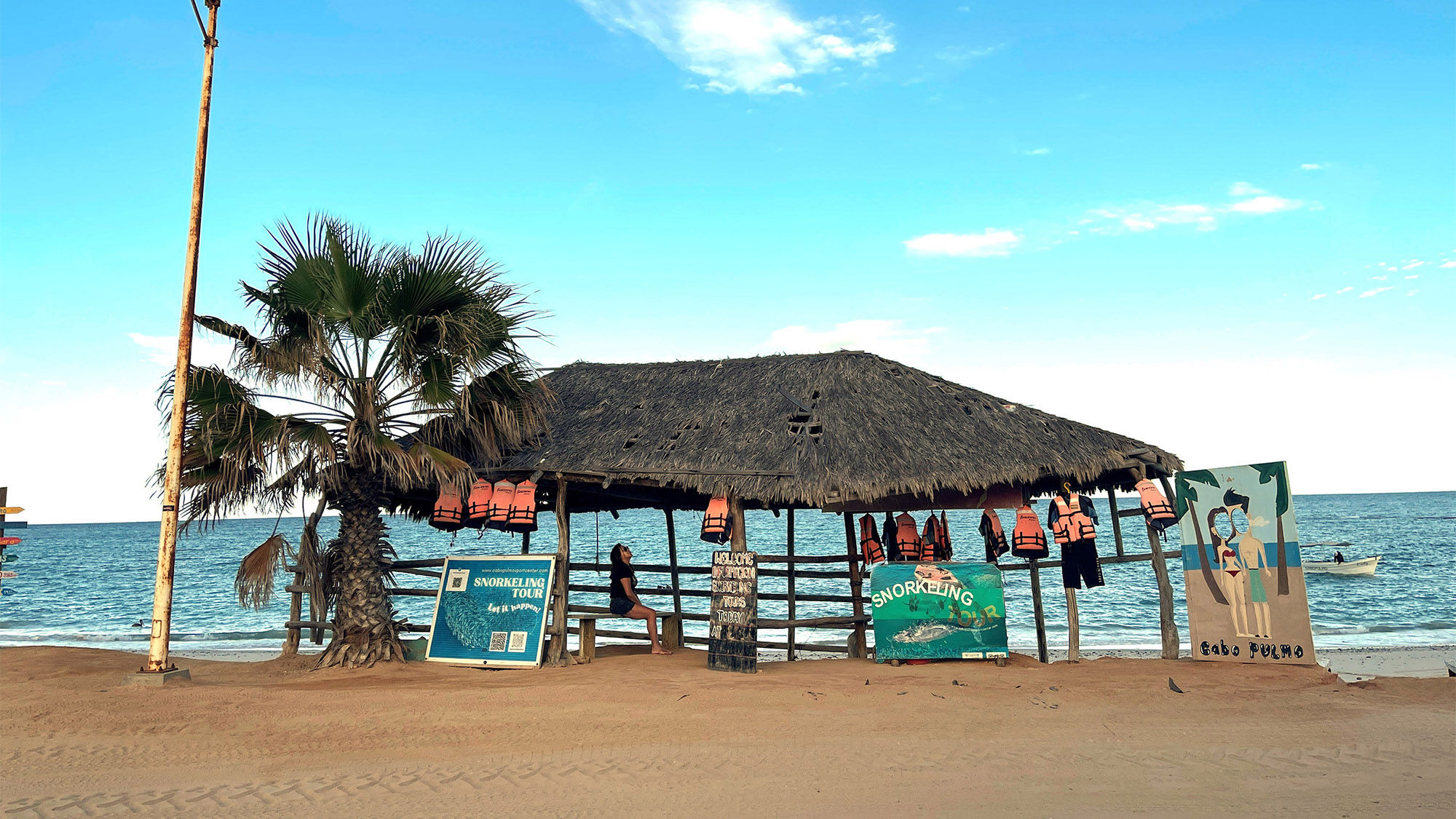The benefits of tourism are myriad. For communities: economic development and jobs. For travelers: cultural understanding, relaxation and a sense of wonder.
At its best, it can serve an even broader purpose. The safari industry, for example, functions to protect animals that otherwise might be poached and preserves ecosystems that likely would be cleared for industrial agriculture.
But as documentaries like “Gringo Trails” and “The Last Tourist” highlight, lack of planning or a singular focus on profit can damage not only the host destinations and their communities but bring questionable benefits to travelers. Viewed broadly, they inflict significant reputational damage on the tourism industry.
Overtourism, destruction of habitat and exploitation of communities have indeed created backlash, and a growing number of tourism-related companies are taking proactive steps to get the target off their backs.
As the industry has discovered, there’s no one-size-fits-all solution to most of these problems. On a visit to Mexico last week, however, I came across a case study on how to approach opportunities and challenges that can both protect and appropriately promote a promising destination.
The story begins more than 30 years ago. In 1990, a fisherman named Mario Castro found that overfishing in the Sea of Cortes near his village of Cabo Pulmo had gotten so bad that he could no longer support his family. He moved 80 miles south to work at a dive shop in Cabo San Lucas.
But he didn’t like the lifestyle there. (“It was too fast,” he told me.) So, having learned the business, he returned to his village and opened a dive shop there. But the lack of fish impacted that enterprise, as well.
He had an idea: Make the area a national marine park. Restrict fishing, and let the area recover.
“About 90% of the [local] people said OK, but 10% opposed it,” he said. He moved forward with his plans, involving marine biologists to audit the area’s situation and potential. In 1995, the efforts of the local organization, Amigos para la Conservacion de Cabo Pulmo, bore fruit, and Parque Nacional Cabo Pulmo came into existence.
Tourism was not banned, but it was regulated. Guides are required for dives, and boats can carry no more than six divers at a time. Snorkelers must wear life vests that prevent them from free diving too close to the coral. His shop, Cabo Pulmo Divers, now has six local competitors; like him, they work with booking agencies in Cabo San Lucas and San Jose del Cabo that arrange daytrips to the village.
The park became a Unesco World Heritage Site in 2005, and a study by the Scripps Institution of Oceanography at the University of California, San Diego, determined the number of species in the reserve increased 460% from 2001 to 2011. “But the visibility now is worse,” Castro said, straight-faced, but then he smiled. “Too many fish.”
During high season, October and November, about 85 tourists a day visit. “It’s crazy,” Castro said. “I don’t like it. They bring good money, and I need money, but I need the reef even more — for my son, for my grandson.” He still worries that, even with regulations in place, it will become too popular.
When I visited earlier this month, the town of Cabo Pulmo felt like a step back in time. Its one unpaved road is lined with shops, restaurants and dogs sleeping in the shade. There are a handful of small accommodations and a few large Airbnb houses. The nearby coast is otherwise undeveloped.
If not for the sustained efforts of the community, however, it could easily have had a dramatically different outcome. In 2008, a plan was approved by Mexico’s Ministry of the Environment to allow a Spanish developer, Hansa Baja Investments, to build Cabo Cortes nearby. It would be a complex of 15 hotels, condos and residences totaling 30,000 rooms — nearly as many as Cancun had at the time — as well as three golf courses, a 490-slip marina and a private jetport. Eventually, retail villages, restaurants and other resort services would be added.
Castro, his family and the Amigos went into action. He flew to Spain to lobby while his son sailed around the Pacific to raise awareness. Greenpeace got involved. His grandson rode a bicycle decorated as a fish into Mexico City’s zocalo (the main square) with a petition against the development signed by more than 2,000 people, which earned him an audience with then-president Felipe Calderon. Calderon canceled the project.
The example of Cabo Pulmo is instructive, not as a cautionary tale like those explored in the aforementioned documentaries but as a success story. It demonstrates that tourism development can be accomplished at different scales. For Cabo Pulmo, the best answer for the community, nature and visitors was not no tourism, but small-scale tourism. And to determine appropriate scale, sometimes communities must not only be consulted; they must be in the driver’s seat.
• • •
As a result of protecting the area, most visitors begin their day with a two-hour drive from Cabo San Lucas. Cabo Villas Cabo San Lucas Vacation Villas, Resorts & Hotels arranged for me to stay at one of their properties near Cabo Pulmo, Villa Zafiro, about a 30-minute drive away.
It was a beautiful, five-bedroom property on a nearly deserted beach. Isolated and stocked with almost every imaginable water toy, and with a pool, hot tub, indoor and outdoor kitchens and dining areas, it seemed an ideal getaway for families or friends whose primary interest is relaxing and playing together.
Cabo Pulmo is the nearest attraction. Also, a half-hour drive away is Los Angeles chef Nancy Silverton’s excellent Mozza Baja restaurant, on the campus of the Four Seasons Resort Los Cabos at Costa Palmas.
A concierge and onsite caretakers are included with Villa Zafiro, and the caretakers, Salvador and Gabriela, are not only superb cooks but gracious and helpful in every way.
Source: Read Full Article



